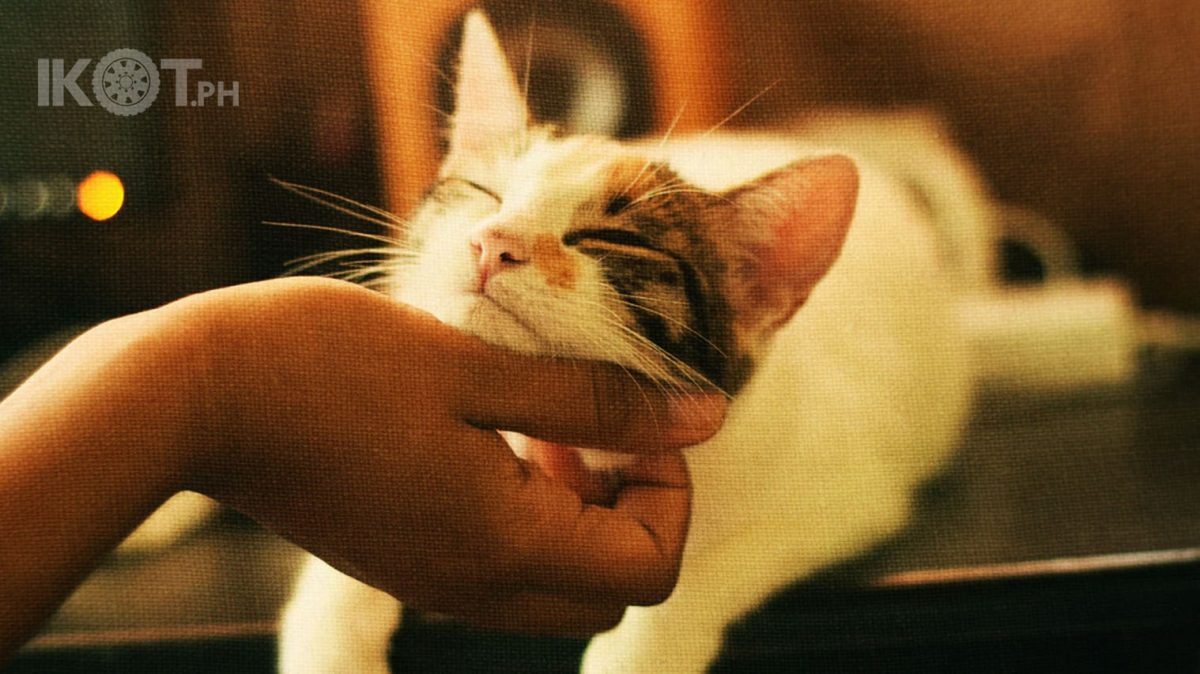Have you ever held a cat or rubbed them and you start hearing soft murmuring or motor sounds? This soft buzzing sound is one of the many vocalizations that cats make. Cats have up to almost 100 different types of vocalization. Their most common vocalizations are meows, hisses, and purrs.
A lot of people automatically assume that cats purr because they like the person who is near them, holding them, or is currently giving them affection. But while they mostly purr when they’re happy, they also purr when they’re in pain, extremely uncomfortable, or even as a sign that they’re dying.
Now, not all cats purr. Some members of the cat family, like lions and tigers, are unable to purr. This is because purring is produced by pulsing the muscles of their diaphragm and larynx when inhaling and exhaling. This causes a vibration with a rhythmic pattern that produces the low-frequency sound. Because bigger cats have limp structures surrounding their larynx, they are unable to produce a purr, and theirs come out as roars. This distinction between purring cats and roaring cats is how they differentiate between the two main types of cat, the Felis and the Panthera.
Since cats purr when they are both comfortable and uncomfortable, it is not the most efficient tool to communicate. It is difficult to differentiate the pattern of the purrs when taken by itself, unlike certain meows that signal food or a different meow that signals a call for attention or affection.
If we can’t use purrs for signals, what is it for?
Purrs are at a frequency of 25 to 150 hertz. This low-frequency is thought to be an internal healing mechanism that promotes bone growth, fracture healing, and even wound healing. This capacity for self-repair enables them to survive jumps from high areas, endure more pain than we could realize.
FUN FACT: These vibrations can also help humans by increasing bone density from exposure to purr frequency. Plus, cuddling cats can also encourage healing by decreasing stress and anxiety.
How can I be sure that my cat is not hurt when they purr?
It’s best to pay attention to your cat. Notice behavior changes, and habit changes. Try rubbing or pressing parts of their body to check if there’s pain anywhere. Try to check if there’s anything that’s changed from their environment.
If you don’t know how your cat behaves or communicates when they are happy, uncomfortable, or in pain, then it’s best to start paying them more attention. Keep a journal of how they behave and what vocalizations they use. This will surely help you know what your cat wants or needs.


